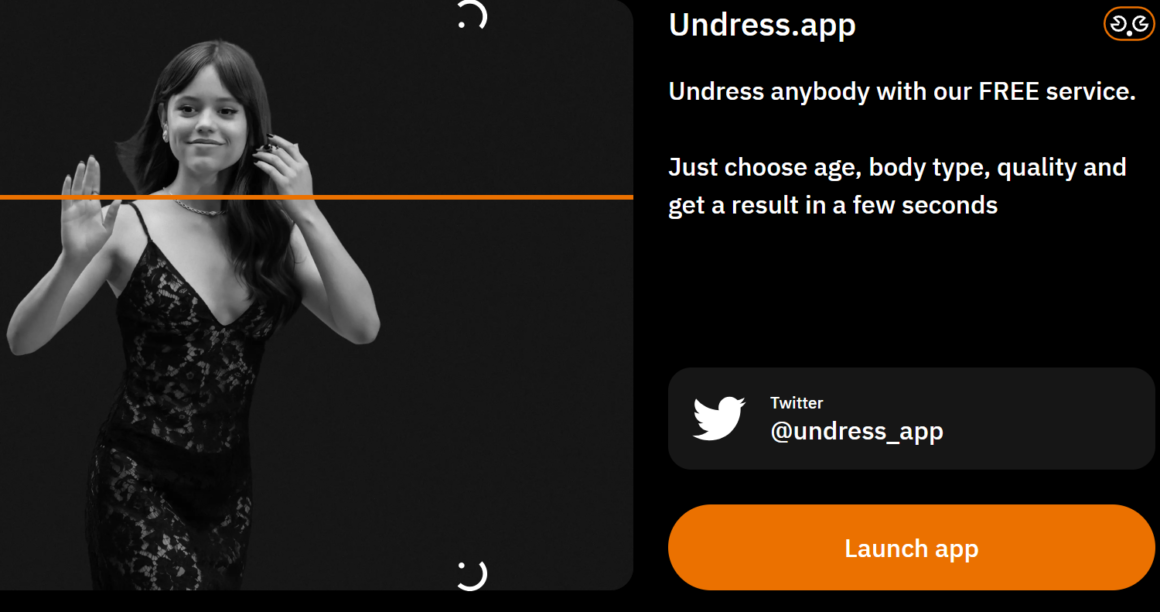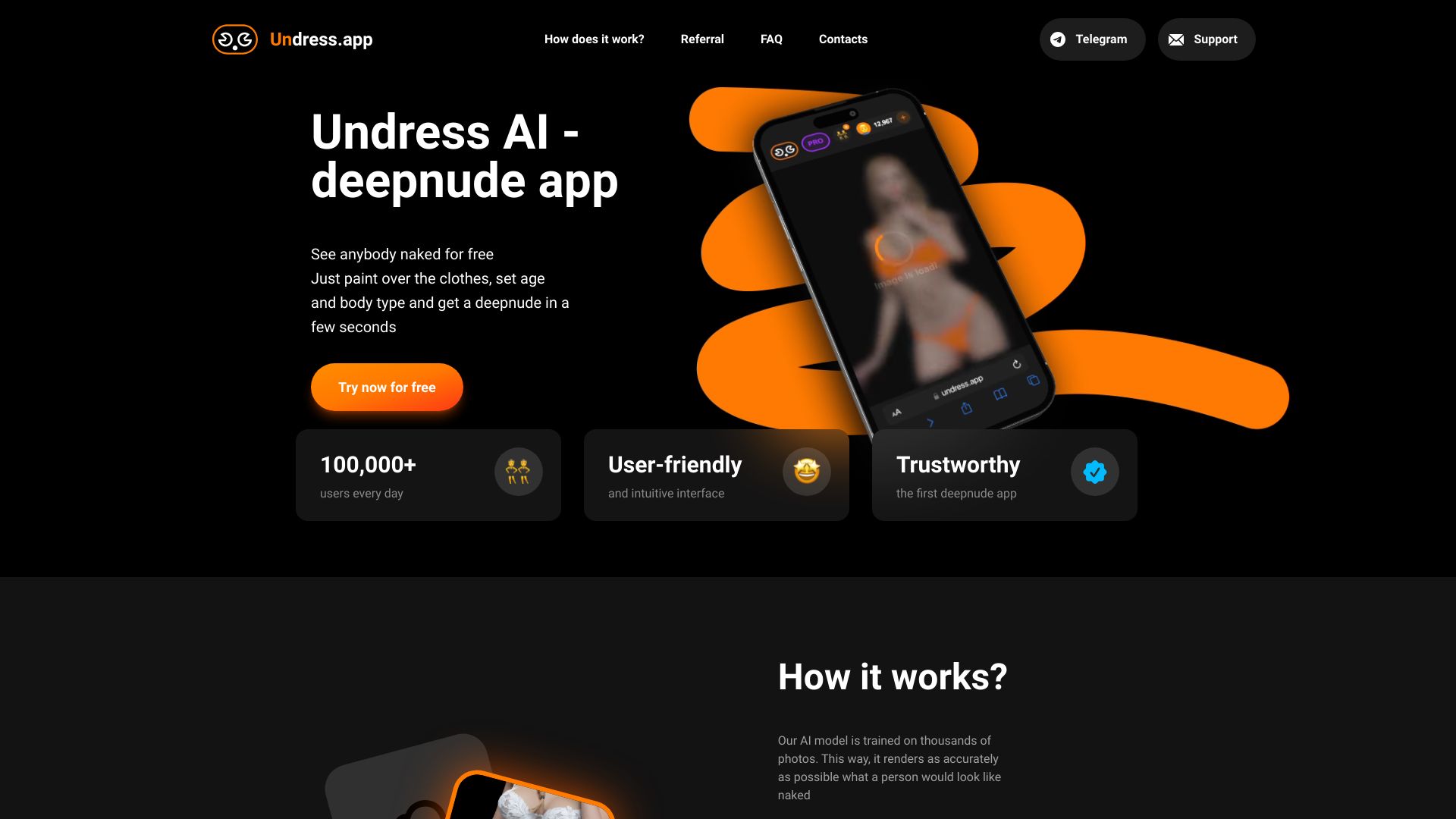Top Undress AI Tools: Create Realistic Deepnude Images
Is it possible to instantly transform a photograph, peeling away layers of fabric with the click of a button, revealing what lies beneath? The burgeoning field of AI-powered "undressing" technology is rapidly answering in the affirmative, offering capabilities once relegated to the realm of science fiction and sparking a complex debate about ethics, creativity, and the future of image manipulation.
The evolution of artificial intelligence has brought forth a new era of image editing, one where the boundaries of what's possible are constantly being redrawn. From simple enhancements to complex manipulations, AI tools are now capable of performing tasks that were once the exclusive domain of skilled professionals. Among the most intriguing and controversial of these developments is the rise of AI-powered "undressing" applications. These tools, often referred to as "deepnude" generators, utilize sophisticated algorithms to digitally remove clothing from images, creating realistic outputs with varying degrees of accuracy and detail.
The underlying technology behind these applications is complex, relying on machine learning models trained on vast datasets of images. By analyzing these datasets, the AI learns to identify and understand the patterns and textures of clothing, as well as the underlying human form. When an image is uploaded, the AI attempts to detect and isolate the clothing, then digitally removes it, filling in the gaps with a representation of the body underneath. The quality of the results depends on several factors, including the quality of the original image, the sophistication of the AI model, and the amount of training data it has been exposed to.
The appeal of these tools extends beyond mere curiosity. Fashion designers and stylists, for example, see potential applications in virtual fitting rooms, allowing customers to visualize how different garments would look on them without having to physically try them on. Similarly, the technology could be used in the entertainment industry for creating digital avatars or special effects, streamlining the production process and reducing costs. Tech enthusiasts and everyday users are drawn to the novelty and the potential for creative expression, exploring the possibilities of manipulating images in unprecedented ways.
However, the proliferation of these tools has also raised serious ethical concerns. The ease with which images can be manipulated raises the risk of misuse, including the creation of non-consensual pornography, the spread of misinformation, and the exploitation of vulnerable individuals. The potential for deepfakes, where a person's image is digitally altered to depict them in compromising situations, poses a significant threat to privacy and reputation. These concerns have led to calls for stricter regulations and ethical guidelines governing the development and use of these technologies.
The market is already flooded with various platforms offering these capabilities, each with its own unique features and approaches. Some, like the "Undressher" app, position themselves as the "ultimate free undress ai app," promising an unparalleled user experience. Others, such as "Ptool.ai," provide a free online tool for removing clothes or swapping outfits. "Unclothy" is another such tool designed specifically for this purpose. Each application boasts its own set of functionalities, ranging from simple one-click solutions to more advanced options for customizing body parts, age, sex, and even the pose of the subject.
The availability of these technologies raises critical questions about consent, privacy, and the responsibility of developers and users. While the potential applications in fields like fashion and entertainment are undeniable, the risks of misuse are equally significant. The debate surrounding these tools highlights the need for a nuanced understanding of AI, its capabilities, and its potential impact on society.
The user interface of these apps is often designed with simplicity in mind, allowing users to quickly and easily generate results. "Simple and expert modes" are frequently offered, catering to users of varying skill levels. Many platforms emphasize the "precise and realistic results" offered by their "undress ai technology." Features like the ability to "customize all body parts with a single click" and to choose from various styles, including suits, lingerie, and bikinis, are common selling points.
The rapid growth of the "undress ai" market, as highlighted by the millions of visitors to related websites, demonstrates the public's fascination with this technology. This interest, however, must be balanced with a clear understanding of the ethical considerations involved. The developers and users share a responsibility to use this technology in a responsible and ethical manner, recognizing the potential for misuse and taking steps to prevent it.
The future of AI-powered image manipulation is uncertain, but it's clear that these tools will continue to evolve and become more sophisticated. As the technology improves, the challenges of mitigating risks and promoting ethical use will only become more complex. Ultimately, it will be up to society to navigate this evolving landscape, ensuring that the benefits of innovation are realized while protecting the values of privacy, consent, and respect.
| Feature | Description |
|---|---|
| Core Functionality | AI-powered digital clothing removal from images, creating realistic outputs. |
| Key Applications | Fashion design (virtual fitting rooms), Entertainment (digital avatars, special effects), User customization. |
| User Interface | Intuitive, often with simple and expert modes. Allows customization of age, sex, body parts, and styles. |
| Popular Platforms | Undressher, Ptool.ai, Unclothy, Undress.app, Clothoff AI Generator. |
| Ethical Concerns | Non-consensual pornography, deepfakes, exploitation of vulnerable individuals, privacy violations. |
| Technical Aspects | Leverages advanced AI models trained on vast image datasets. Utilizes algorithms to detect and remove clothing, filling in the gaps with the body's representation. |
| Market Interest | High, as evidenced by website traffic, downloads, and media coverage. |
| Potential Benefits | Innovation in fashion and entertainment industries, personalized content creation. |
| Regulation and Guidelines | Need for stricter regulation, ethical guidelines for developers and users. |
| Key Features | "Create realistic deepnude AI images," "Customize all body parts," "Choose from various styles," "Simple and expert modes." |
The field continues to innovate. Consider the approach offered by "Clothoff AI Generator," which allows users to input character descriptions, including gender, body type, pose, and the desired removal of clothing, to automatically generate unique images based on those prompts. "Undress.app" promises "seamless, innovative undressing AI." The ease of transforming and modifying outfits, from "suits, lingerie, bikinis, and more," is a core aspect of many platforms. Advanced features and intuitive interfaces are becoming standard in this rapidly evolving technology.
The availability of such tools has prompted questions about the future of image manipulation and its effects on personal privacy. The ability to manipulate images with such ease opens the door to both creative expression and malicious activities. Responsible use is essential to ensure the benefits of this technology are realized while safeguarding ethical principles. The creators of these apps must prioritize ethical considerations to guide the creation and use of this technology. The debate over its role in society is just beginning. The long-term implications remain to be seen.
The popularity of these applications, coupled with the ease of use, suggests that this is just the beginning. As the underlying AI models become more sophisticated, the generated outputs are likely to become more realistic. This will further blur the lines between reality and digitally altered content. The impact on society will be substantial. The potential for misuse is significant. Regulating this area becomes a significant challenge for policymakers. The rise of "undress ai" apps is a complex issue, requiring a multi-faceted approach.
The impact on society is becoming more visible as this technology becomes more mainstream. The creators and users need to take into account the long-term effects. The future of image manipulation depends on how society addresses these difficult issues. The ethical implications are broad. The technology is advancing rapidly.


